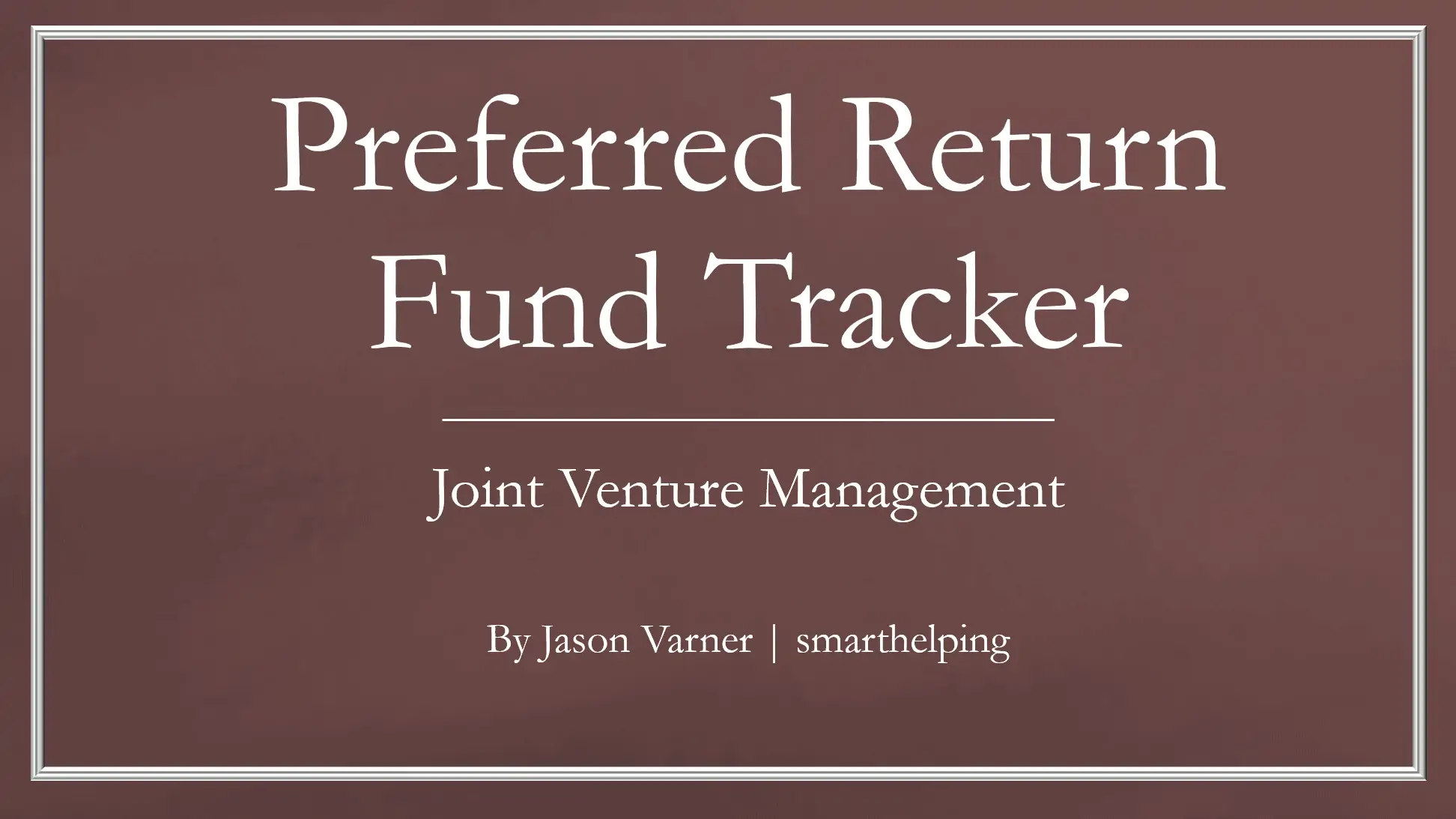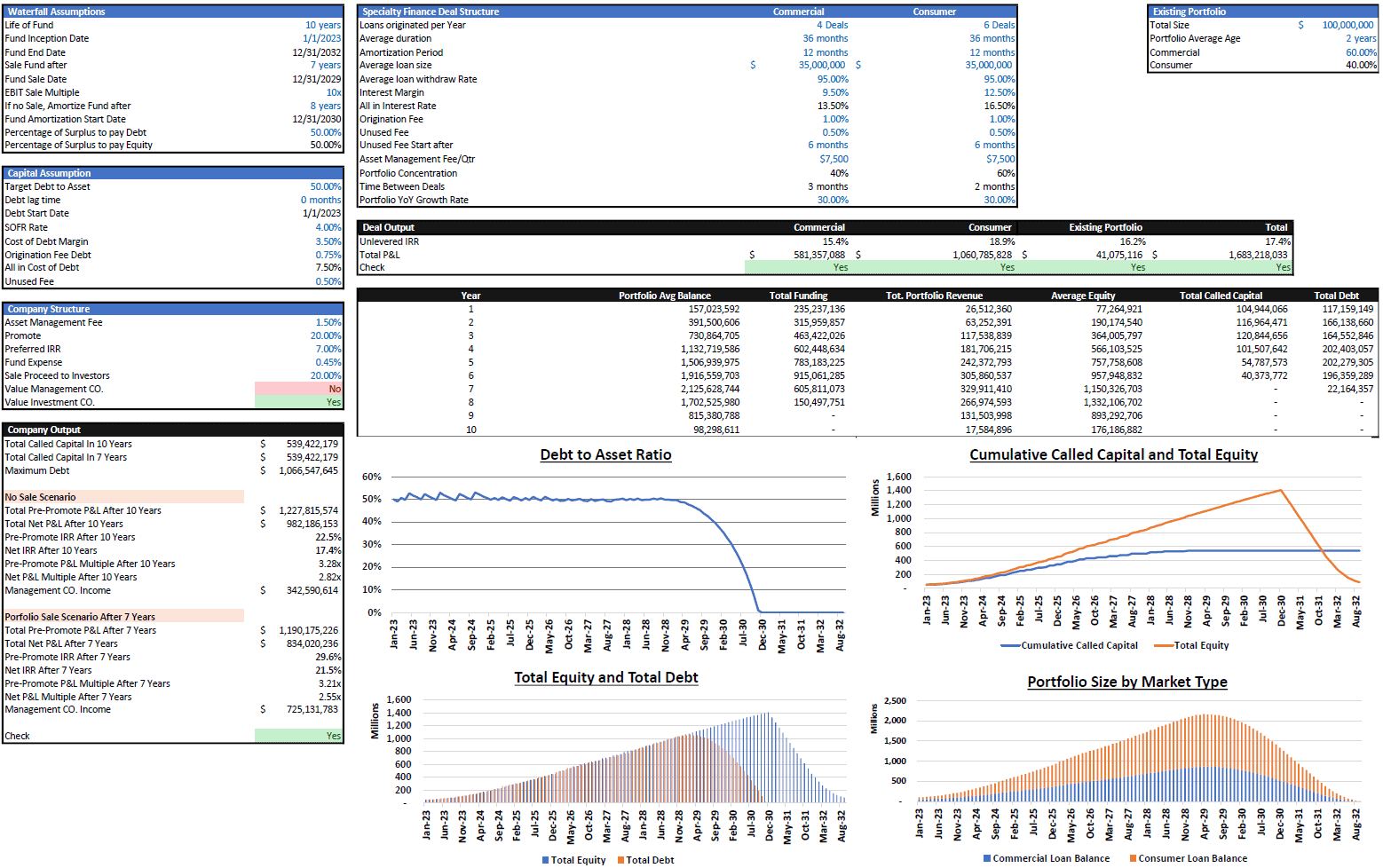Simple Mutual Non-Disclosure Agreement Template
Protect your business secrets with ease using our Simple Mutual Non-Disclosure Agreement Template. Safeguard your confidential information and maintain trust with partners and collaborators. Get started quickly and ensure your sensitive data stays secure. Download now!

| Financial Model, Financial Services, General Excel Financial Models, Personal Finance |
| Financial Modeling, Financial Planning, Free Financial Model Templates, NDA Template |
What Is a Mutual Non-Disclosure Agreement Template?
A Mutual Non-Disclosure Agreement is a legal contract between two parties intending to share confidential information. This agreement is crucial for protecting sensitive information and proprietary information examples, especially intellectual property rights. Here’s a detailed breakdown of the key elements typically found in a mutual NDA template:
Parties Involved
- Disclosing Party: This party will be sharing its confidential information.
- Receiving Party: The receiving party is the entity or individual that will receive and access the disclosed confidential information.
Definition of Confidentiality
This section explicitly defines what constitutes “confidential information.” It typically includes proprietary information examples such as:
- Customer Data
- Financial Information
- Intellectual Property
- Marketing Information
- Operational Information
- Technical & Non-Technical Information
- Trade Secrets
Non-Disclosure and Non-Use Obligation
At the heart of the MNDA, this section outlines the receiving party’s obligations. It states that the receiving party agrees not to disclose the confidential information to third parties or use it for any purpose other than the specified purpose defined in the agreement.
Survival
This part of the agreement specifies the duration for which the non-disclosure obligations will remain in effect. It can be a fixed period or continue indefinitely, depending on the nature of the information.
Injunctive Relief
In the event of a breach of the MNDA, this section discusses the remedies available to the disclosing party. Common remedies include injunctive relief (court orders to stop further breaches) and monetary damages.
Governing Law
The MNDA typically includes a clause indicating the jurisdiction whose laws govern the agreement. It ensures that any legal disputes related to the agreement will be resolved according to a specific set of laws.
Execution and Signatures
The agreement is finalized with the signatures of both parties involved. Each party acknowledges their understanding of the terms and agrees to be bound by them.
Additional Provisions
Depending on the parties’ specific needs or the complexity of the information being shared, MNDA templates may include additional provisions such as dispute resolution mechanisms, exclusions from confidentiality, or requirements for returning or destroying confidential information after the agreement’s termination.
Remember that while this is a simplified overview of a mutual non-disclosure agreement template, the actual document should be drafted carefully and may require legal counsel to ensure it adequately addresses the parties’ unique circumstances and needs. It’s critical for protecting sensitive information and fostering trust between parties engaging in confidential exchanges.
How to Use this Mutual NDA Template?
Using our Simple Mutual Non-Disclosure Agreement (NDA) Template involves several simple steps:
- Fill in Parties’ Information: Insert both parties’ legal names and contact details (disclosing and receiving).
- Clearly Define What Constitutes Confidential Information: Be specific about what proprietary information examples should be protected.
- Non-Disclosure and Non-Use Obligations: Describe the responsibilities of both parties regarding handling confidential information. It may outline how information should be marked, stored, and protected. Specify any exemptions where disclosure is allowed, such as information already in the public domain or disclosed with written consent.
- Survival: Specify the duration of the NDA. It can be for a specific period or until a certain event occurs (e.g., project completion).
- Injunctive Relief: Outline the consequences or remedies in case of a breach, including damages or injunctive relief.
- Governing Law: State the governing law that will apply to the agreement and the jurisdiction where disputes will be resolved.
- Execution: Both parties must sign and date the agreement. Some NDAs may also require witnesses or notarization.
- Distribution: Provide copies of the signed NDA to all relevant parties and keep copies for your records.
- Enforcement: If a breach occurs, consult legal counsel to determine the appropriate action.
- Periodic Review: Periodically review the NDA to ensure it remains relevant and effective.
Always seek legal advice to tailor the NDA to your specific needs and ensure it complies with local laws and regulations. It is crucial to understand the implications of signing an NDA and how it may affect your rights and obligations.
Why Use a Mutual Non-Disclosure Agreement?
A Mutual or Two-Way NDA is a legally binding contract between two or more parties that outlines the terms and conditions under which they will share and protect confidential information. Here are several reasons why parties might use a Mutual NDA:
- Clear Terms and Obligations: A Mutual NDA establishes clear terms and obligations for both parties. It typically specifies what constitutes confidential information, the duration of confidentiality, the permitted disclosures (e.g., to employees or advisors needing to know), and the consequences of breaches.
- Competitive Advantage: Businesses often have valuable intellectual property or sensitive data that gives them a competitive edge. Sharing this information without proper protection can expose them to the risk of competitors gaining access to their proprietary knowledge. A Mutual NDA helps protect this advantage.
- Promote Collaboration: In various business situations, companies or individuals must share confidential information with potential partners, collaborators, investors, or contractors to explore potential opportunities, such as joint ventures, partnerships, mergers, or research and development projects. A Mutual NDA allows parties to exchange information while minimizing the risk of unauthorized disclosure. It can also build trust between the parties involved, making them more comfortable sharing information.
- Protection of Confidential Information: The primary purpose of a Mutual NDA is to safeguard sensitive and confidential information. A well-drafted Mutual NDA provides a legal framework for parties to seek remedies if one of the parties breaches the agreement by disclosing confidential information without authorization.

It’s important to note that while Mutual NDAs are valuable tools for protecting confidential information, they must be well-drafted to ensure enforceability and fairness to all parties involved. It’s advisable to consult with legal counsel when drafting or entering into a Mutual NDA to ensure that it meets your specific needs and complies with relevant laws.
Safeguard Sensitive Information, Download the Template Now!
In a world where information is the currency of trust and collaboration, safeguarding confidential information is paramount. Our Simple Mutual Non-Disclosure Agreement Template is vital in protecting your confidential information. By downloading and utilizing this mutual NDA template, you’re safeguarding your valuable secrets and fostering a culture of trust and reliability in your professional relationships.
Please don’t leave the security of your sensitive information to chance; take the proactive step towards safeguarding it today. Download our Simple Mutual Non-Disclosure Agreement Template now and pave the way for secure and prosperous collaborations. Your secrets are your power; we’re here to help you keep them safe.
Important Note: This NDA is by no means meant legal advice. It offers a general guide on which terms can be included in a simple NDA. Every user is self-responsible that the NDA meets his legal objective, and he should seek legal counsel.
Other Resources:
How to Protect Confidential Information Through a Non-Disclosure Agreement
Top 7 Questions to Ask Before Signing a Non-Disclosure Agreement
Financial Modeling for Startups and Small Businesses
Similar Products
Other customers were also interested in...
Amortization Schedules Template (Loans, Mortgages,...
User friendly template including Amortization Schedules for Loans, Mortgages, Operating and Finance ... Read more
Private Equity Fund Model (Investor Cashflows)
Private Equity Financial Model to analyze fund cashflows and returns available to Limited Partners (... Read more
Lending Company Financial Model – 5 Year Forecas...
This Financial model template presents a business scenario of a corporation engaged in granting loan... Read more
Investment Holding Company 3 Statement Financial P...
3 statement 5 or 8 year rolling financial projection Excel model for an investment holding company h... Read more
Asset Management Company – Closed End Fund M...
Financial Model presenting a scenario of a Closed-End Fund managed by an Asset Management Compan... Read more
Bundle – Business Financial Forecasting Mode...
The purpose of this Bundle of Business Forecasting and Financial Models is to assist Business Owners... Read more
Crowdlending (P2P) Platform – 5 Year Financi...
Financial Model providing an advanced 5-year financial plan for a startup Crowdlending (Peer-to-Peer... Read more
Multi-Member Investment Fund Portfolio and Distrib...
A fund management tool to track many positions over time as well as distributions to up to 20 member... Read more
Investment Fund Preferred Return Tracker: Up to 30...
Track preferred returns for investors in a fund with this template. Premium joint venture tracking t... Read more
Debt Fund Excel Model
Explore the Debt Fund Excel Model, a comprehensive tool for evaluating new credit fund opportunities... Read more
You must log in to submit a review.













